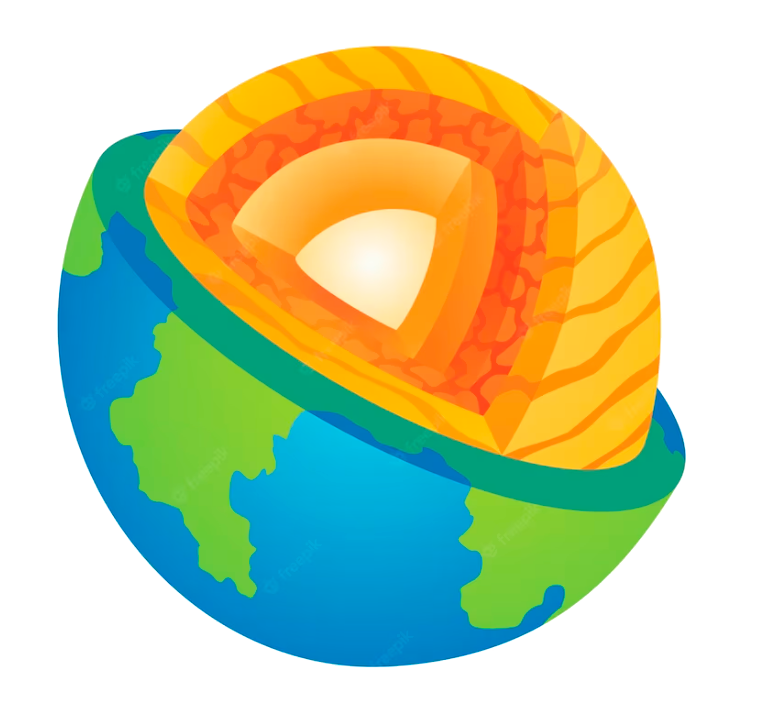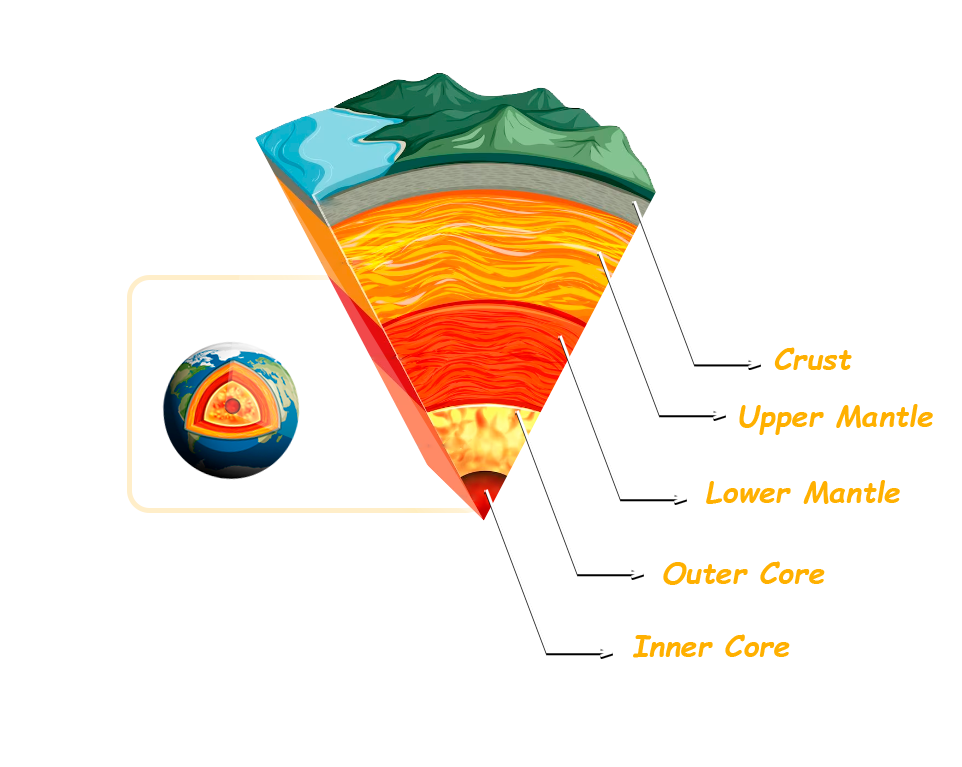Geodynamic Modeling
Understanding the Earth's Dynamic Systems
Geodynamic Modeling
A bit About what we will Discuss
Understanding the Earth’s dynamic systems is essential in comprehending the complex processes that shape our planet and impact the environment. From plate tectonics to the water cycle, the Earth’s dynamic systems are interconnected, creating a delicate balance that is constantly changing. And that is what you are about to learn on this article. Check it out!
Plate tectonics is one of the most well-known and studied dynamic systems on Earth. This theory explains how the Earth’s crustal plates move and interact, leading to the formation of mountains, ocean basins, and other geological features. Through the process of mantle convection, where hot material rises and cool material sinks, tectonic plates are driven apart or pushed together, leading to the creation of divergent, convergent, and transform boundaries. The movement of tectonic plates also contributes to volcanic activity, earthquakes, and tsunamis.

Topics We Will discuss
Water Cycle Dynamic System on Earth
The water cycle is another dynamic system on Earth, involving the movement of water through various stages, including evaporation, condensation, precipitation, and runoff. This process is driven by energy from the sun and is essential in maintaining the balance of water on the planet.
The water cycle also plays a critical role in regulating the Earth’s temperature, as water vapor in the atmosphere helps trap heat and prevent it from escaping into space.

Atmosphere Dynamic System on Earth

The atmosphere is another dynamic system on Earth, composed of a mixture of gases that surround the planet. The atmosphere plays a crucial role in regulating the planet’s temperature and protecting it from harmful solar radiation.
It also plays a vital role in the water cycle, as water vapor in the atmosphere contributes to cloud formation and precipitation. The composition of the atmosphere is continually changing due to natural processes and human activities, such as burning fossil fuels and deforestation.
The Rock Cycle
The rock cycle is a dynamic system on Earth that involves the formation, transformation, and erosion of rocks. This process is driven by geological forces, such as tectonic plate movement and weathering, and plays a crucial role in the formation of geological features, such as mountains, valleys, and canyons.
The rock cycle also contributes to the Earth’s carbon cycle, as rocks and minerals absorb and release carbon dioxide over time.

The Carbon Cycle
Understanding the Earth's Dynamic Systems
The carbon cycle is a vital system on Earth that plays a crucial role in regulating the planet’s temperature and climate. Carbon is exchanged between the Earth’s oceans, atmosphere, and land through a complex series of processes, such as photosynthesis, respiration, and decomposition. These natural processes have been occurring for millions of years, helping to maintain a delicate balance in the Earth’s environment.
Respiration and Photosynstheis
The exchange of carbon between the Earth's oceans, atmosphere, and land is a complex process that involves a range of natural and biological mechanisms. One of the most important processes is photosynthesis, where plants absorb carbon dioxide from the atmosphere and use it to produce organic matter through the process of photosynthesis. This organic matter is then consumed by animals, which release carbon dioxide back into the atmosphere through respiration.
Decomposition
Another important process is decomposition, where dead plant and animal matter is broken down by bacteria and other organisms, releasing carbon back into the atmosphere or into the soil. In addition, carbon is stored in the Earth's oceans, where it is absorbed by phytoplankton and other marine organisms through photosynthesis. This process helps to regulate the amount of carbon in the atmosphere and contributes to the ocean's ability to absorb carbon dioxide.
Impact of Humans
Human activities, such as burning fossil fuels and deforestation, have significantly disrupted the carbon cycle in recent centuries, releasing massive amounts of carbon dioxide and other greenhouse gases into the atmosphere. This has led to a warming trend known as global warming, which is causing significant changes in the Earth’s environment, such as rising sea levels and more extreme weather events.


Searching for solutions
One promising solution is carbon capture and storage (CCS), which involves capturing carbon dioxide emissions from power plants and other industrial sources and storing them underground. This technology has the potential to significantly reduce carbon emissions and help mitigate the effects of global warming.
Conclusion
Understanding the Earth's Dynamic Systems
In conclusion, geodynamic modeling plays a critical role in understanding the Earth’s dynamic systems, from plate tectonics to the carbon cycle. These models use advanced computer simulations to recreate the complex processes that shape our planet and impact the environment. By studying these models, scientists can gain insight into how these systems are changing over time and what measures can be taken to mitigate their effects.
Geodynamic modeling has practical applications in a range of industries, from mining and construction to agriculture and energy. By understanding the mechanisms driving plate tectonics and volcanic activity, mining companies can locate and extract valuable minerals more efficiently. By understanding the water cycle, farmers can manage water resources more effectively, leading to higher crop yields and increased efficiency. By understanding the carbon cycle, energy companies can develop renewable energy sources and reduce their carbon emissions.

